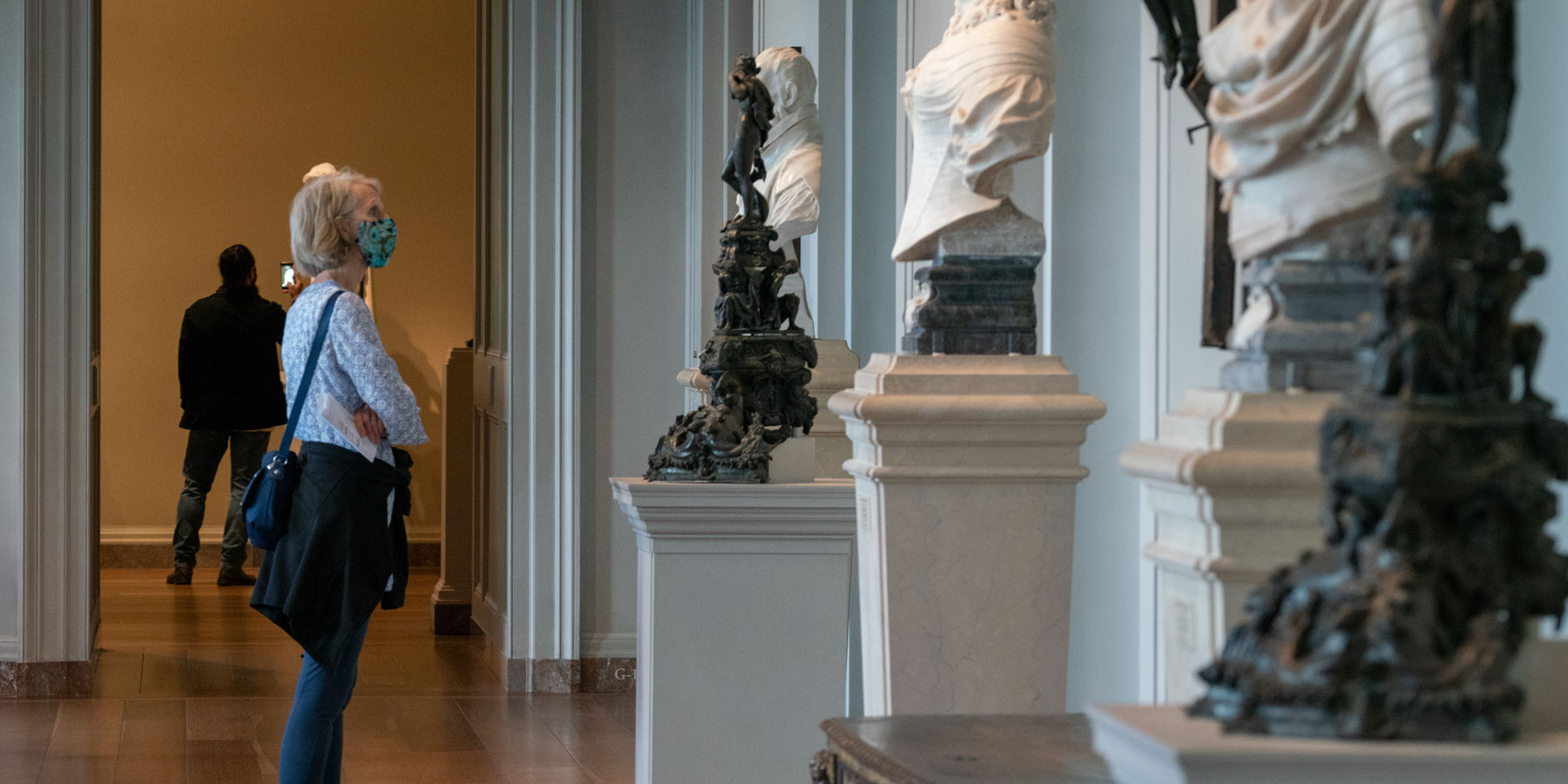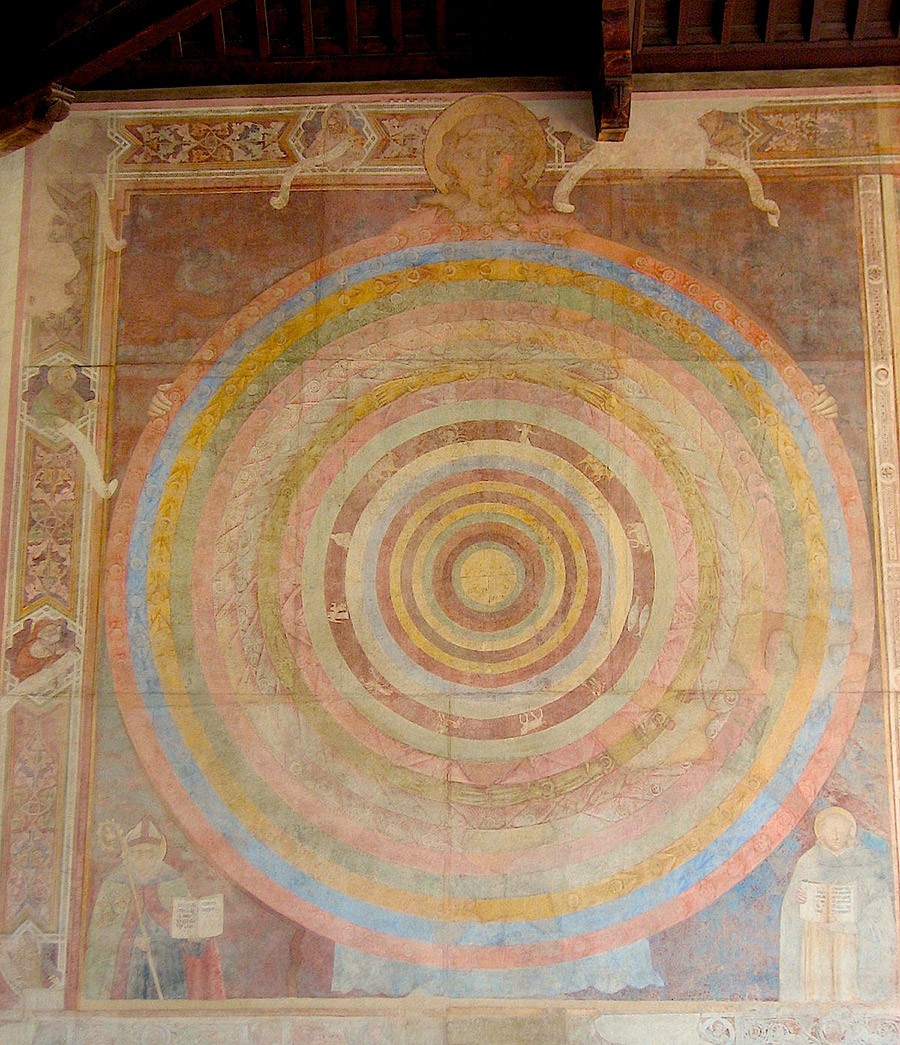In dozens of monumental examples from the 14th century across Central and Northern Italy, artists created complex diagrammatic paintings whose content was conveyed not through “proto-perspectival” pictorial spaces but rather through complex circles, trees, hierarchical stemmata, and winding pathways. “Trecento Pictoriality” is the first book-length comparative study of the practice of monumental diagrammatic painting in late medieval Italy. While there has been a wealth of scholarship on some of the individual iconographic traditions, such as paintings of the Tree of Life, diagrammatic painting has rarely been studied as a sustained practice of image-making, common across Italy for more than a century. Part of the reason for this gap is that numerous diagrammatic or nonnarrative paintings by Giotto (c. 1265–1337), the most famous artist of the period, have been lost, lending the impression that such paintings lay outside of the mainstream, as idiosyncratic “one-offs” or pictorial dead ends. Instead, my research demonstrates that diagrammatic painting emerged during the Trecento across a wide range of contexts as a fully formed pictorial mode with unique visual and communicative strategies. In addition to narrative, devotional, and allegorical painting, with which it intersected, the diagrammatic mode of representation was one of a number of pictorial modes available to Trecento artists, patrons, and planners, and was selected for its unique ability to present complex content to viewers.
These diagrammatic wall paintings can be found both in situ and in museums across Italy. To describe just one example from the 1380s, in a multifunction religious building in Pisa called the Camposanto Monumentale (part of the same complex as the famous cathedral, baptistery, and leaning tower), we find a hypnotic painted cosmic diagram, over 30 feet tall and rendered in a vividly colored fresco, now sadly faded. It is part of a series of narrative paintings from the book of Genesis, but rather than depicting the various acts of creation one by one, the artist presented the viewer with an overwhelming diagram of the universe, painted in concentric circles and showing the current scientific understanding of the four elements, planetary orbits, and choirs of angels, with a map of the earth at its center. Why has this cosmic diagram been transferred from a small drawing in a manuscript to a 30-foot-tall fresco in a public space? And in that translation from page to wall, how has the communicative function of the diagram changed? Such questions of scale, function, rhetoric, and communication are at the heart of my book, which follows a series of case studies of such diagrammatic paintings, mostly from around 1330–1390, in order to describe and analyze their great variety of visual strategies.
I divide the examples of this pictorial mode into two types. I use the term “painted diagrams” to describe monumental paintings, like the cosmic fresco described above, that take a well-known diagrammatic form from the world of manuscripts and essentially blow it up to a huge scale without fundamentally shifting its iconography. I then use the term “diagrammatic painting” to describe works of art that harness these kinds of diagrammatic formats and communicative strategies to present new or hybrid forms or content, particularly in the realm of narrative and allegorical painting. In works such as Ambrogio Lorenzetti’s famous government allegories in Siena and Andrea da Firenze’s Via Veritatis in the chapter house of Santa Maria Novella in Florence, core aspects of the diagrammatic mode, such as the inclusion of extensive texts, the conception of the picture as a surface as well as a space, and the conditional or relational arrangement of content shift our understanding of the way such paintings communicated with viewers. Such images, I argue, were often diagrammatic proposals or hypotheses rather than prescriptive representations. When we begin to think about how Trecento viewers engaged with diagrams both miniature and monumental, we can see the ways in which the diagrammatic mode affected the production and reception of images outside of strictly diagrammatic formats; here, I argue, they form part of an expansive and flexible category rather than a narrow one.
During my two months as a Paul Mellon Visiting Senior Fellow, I was in the final writing phase of this project, completing the last two chapters. While I had to take up the fellowship virtually because of COVID-19, the incredible library resources and staff at the Center were made available, scanning critical sources as I worked to complete the book. I also received helpful feedback on my work from several other fellows and staff following my research presentation.
The Ohio State University
Paul Mellon Visiting Senior Fellow, summer 2020
Karl P. Whittington has returned to his position as associate professor of history of art at the Ohio State University. His edited volume (with Bryan C. Keene), New Horizons in Trecento Italian Art, will be published by Brepols in 2021.

